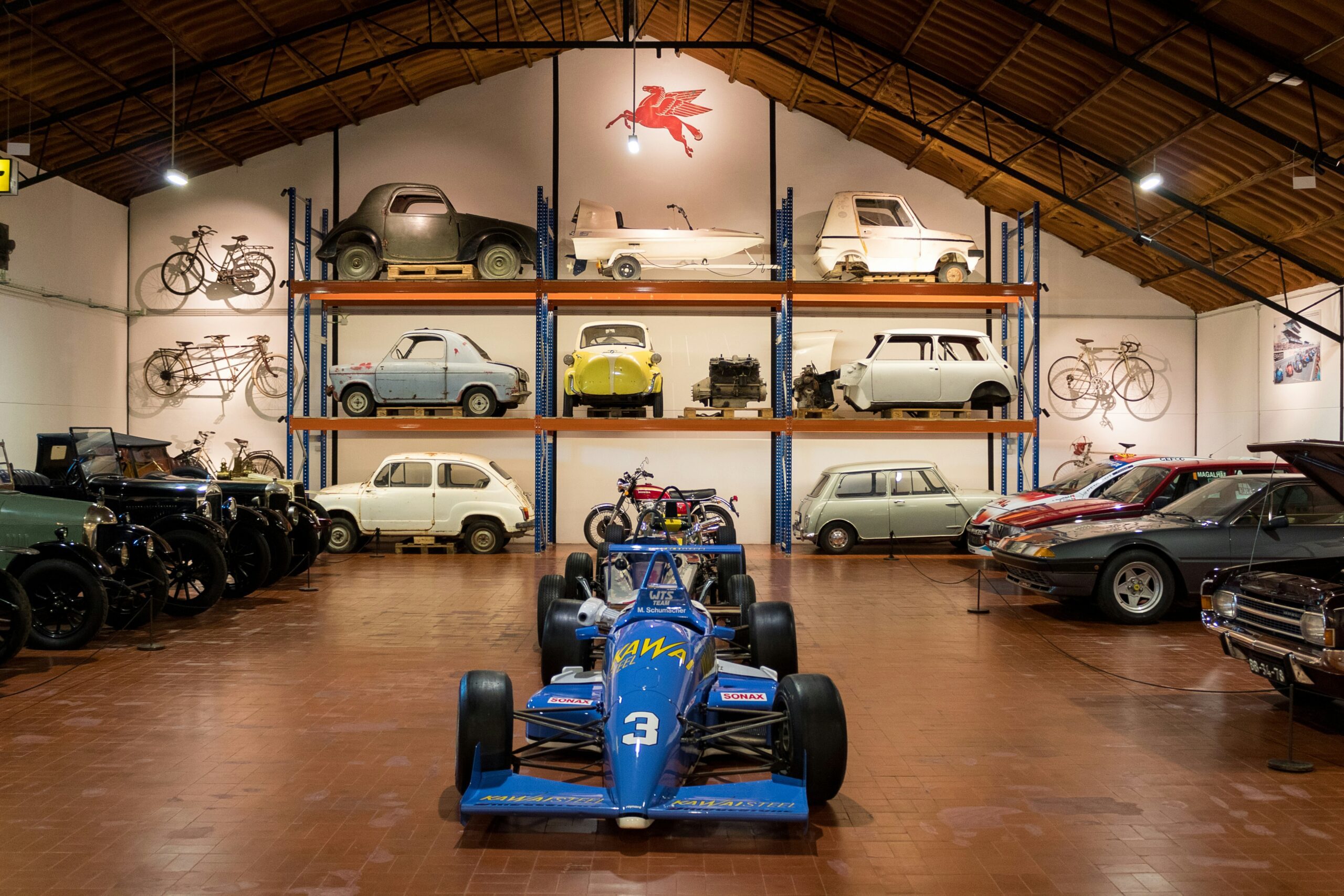Introduction
Visiting a museum is a unique experience that allows individuals to immerse themselves in art, history, and culture. However, with the advancement of technology, museums are now exploring ways to enhance visitors’ experiences through user interface (UI) and user experience (UX) strategies. By leveraging these strategies, museums can create interactive and engaging exhibits that captivate visitors and provide them with a deeper understanding of the cultural artifacts on display.
Creating Intuitive Navigation
One of the key aspects of a successful museum experience is intuitive navigation. Visitors should be able to easily find their way around the exhibits without feeling overwhelmed or confused. Implementing clear signage and maps can help guide visitors through the museum, but UI/UX strategies can take this a step further.
By incorporating digital touchscreens or mobile applications, museums can provide visitors with interactive maps and personalized navigation. These tools can offer detailed information about each exhibit, highlight must-see pieces, and even suggest related exhibits based on visitors’ interests. This not only enhances the overall experience but also encourages visitors to explore more of the museum’s offerings.
Engaging Multimedia Presentations
Museums often rely on static displays and written descriptions to convey information about their artifacts. While these methods can be informative, they may not always capture visitors’ attention or provide a truly immersive experience. This is where UI/UX strategies come into play.
By incorporating multimedia presentations, museums can bring their exhibits to life. Touchscreen displays can showcase high-resolution images, videos, and audio recordings that provide visitors with a more dynamic and engaging experience. For example, instead of simply reading about a historical event, visitors can watch a video reenactment or listen to a narration that adds depth and context to the exhibit.
Interactive Exhibits
Another way UI/UX strategies can enhance museum experiences is through interactive exhibits. These exhibits encourage visitors to actively participate and engage with the artifacts, rather than just passively observing them. By incorporating touch-sensitive displays, motion sensors, or virtual reality (VR) technology, museums can create interactive experiences that allow visitors to delve deeper into the cultural significance of the artifacts.
For example, a museum showcasing ancient pottery could offer a virtual pottery-making experience where visitors can shape and design their own virtual pottery. This not only provides a hands-on experience but also helps visitors gain a better understanding of the craftsmanship and techniques used by ancient civilizations.
Personalized Experiences
UI/UX strategies can also enable museums to offer personalized experiences to their visitors. By collecting data on visitors’ preferences and interests, museums can tailor the exhibits and recommendations to each individual. This can be done through the use of mobile applications or wearable devices that track visitors’ movements and interactions within the museum.
For example, if a visitor has shown a particular interest in Impressionist art, the museum can use this information to suggest related exhibits or provide additional information about Impressionist artists. This personalized approach not only enhances the visitor’s experience but also encourages them to revisit the museum in the future.
Conclusion
UI/UX strategies have the potential to revolutionize the way museums engage with their visitors. By creating intuitive navigation, incorporating engaging multimedia presentations, offering interactive exhibits, and providing personalized experiences, museums can enhance cultural discovery and make the museum experience more immersive and enjoyable for all visitors.
As museums continue to embrace technology, it is important to strike a balance between digital enhancements and preserving the authenticity of the artifacts. UI/UX strategies should be used as tools to enhance, rather than replace, the traditional museum experience. By finding the right balance, museums can create a harmonious blend of technology and cultural discovery.


Leave a Reply